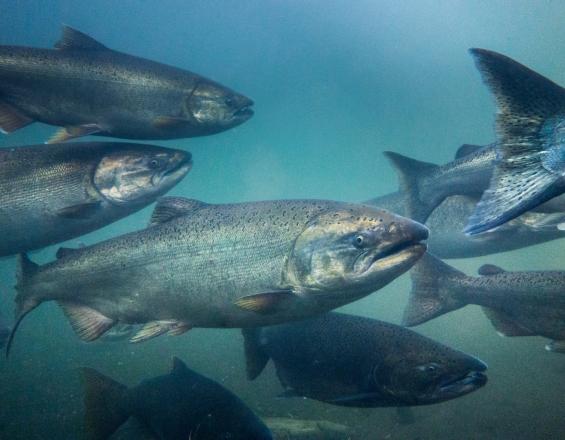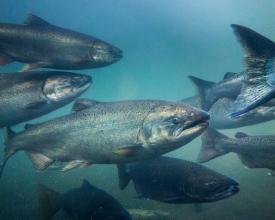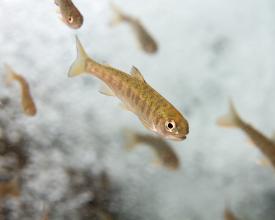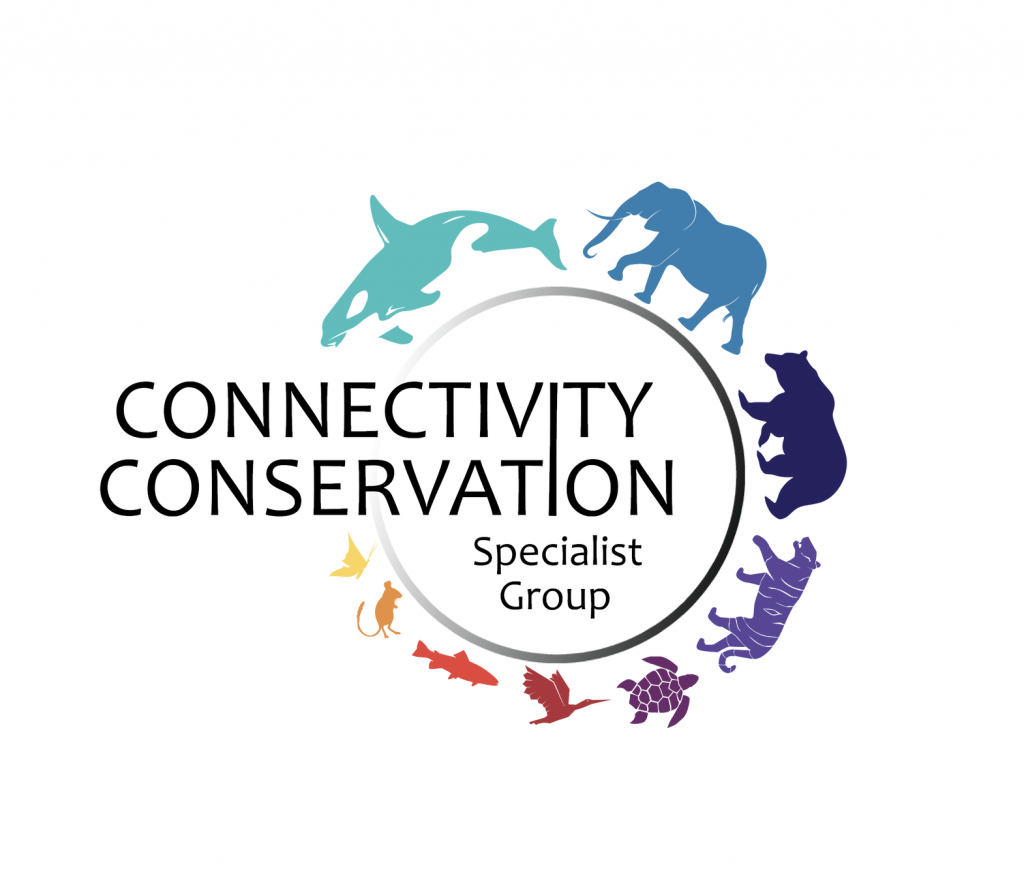Cuencas salmoneras del Pacífico: Restablecer las conexiones perdidas

En las últimas décadas se ha generalizado la eliminación y mitigación de presas en beneficio del salmón y otras especies de peces. En Estados Unidos se han eliminado más de 2.000 presas desde 1912, la mayoría en las dos últimas décadas. El proceso de eliminación de presas se lleva a cabo mediante un proceso descentralizado de toma de decisiones en el que participan numerosos grupos de interesados, entre ellos organismos federales, organismos estatales y propietarios privados de presas. Aunque algunas eliminaciones de presas han sido voluntarias, muchas han sido el resultado de procedimientos legales establecidos por la Comisión Federal Reguladora de la Energía (FERC).
Los primeros esfuerzos de eliminación se centraron en las presas más antiguas, cuyo mantenimiento resultaba demasiado costoso y ya no cumplían las normas de seguridad modernas. En los últimos años, la eliminación de presas se ha orientado hacia la protección del medio ambiente y la restauración de hábitats. En Estados Unidos, la Ley de Ríos Salvajes y Escénicos (Wild and Scenic River Act, 1968) es un mandato legal para preservar los ríos con valores naturales, culturales y recreativos en estado de caudal libre.
Impactos
La eliminación de las presas ha dado lugar a nuevos flujos fluviales de sedimentos y a un aumento del hábitat gracias al crecimiento de los deltas fluviales y a la incursión de restos leñosos. El mayor aporte de sedimentos y detritos naturales al sistema fluvial devolvió al cauce su antigua complejidad morfológica y provocó un aumento del trenzado fluvial, el crecimiento de las barras de sedimentos y el llenado de las pozas. Gracias a la renovada conectividad del hábitat aguas arriba y del paisaje marino de estos ríos, muchos están experimentando un mayor retorno de varias especies de salmón (Chinook, coho, chum, sockeye y rosado), así como de truchas anádromas (por ejemplo, Steelhead y Bull trout).
En un estudio de caso, realizado a principios de la década de 2010 en el río Elwha, en el Estado de Washington, los científicos ya han observado un número récord de salmones chinook que regresan, y se prevé que se produzcan altos retornos de otras especies (Law & Moore, 2020). Se espera que regresen anualmente unos 30.000 salmones chinook y coho y 270.000 salmones rosados. Con el tiempo, los retornos de salmón sustentarán las pesquerías locales y regionales. El Elwha es una de las muchas cuencas costeras que han protegido el hábitat del salmón en sus cabeceras, pero cuya conectividad con el paisaje marino se vio interrumpida. Como ilustra el proyecto Elwha, la eliminación de las presas y el restablecimiento de la libre circulación de los ríos pueden conectar eficazmente las cabeceras protegidas con los paisajes marinos de los que dependen peces migratorios como el salmón.




